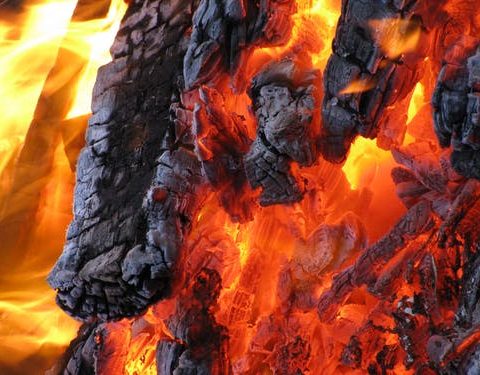Mold can grow in your home wherever there is a lot of moisture, particularly if it persists for extended periods. Mold typically grows on homes’ walls, ceilings, and floors with inadequate moisture management. Mold thrives most frequently in basements, shower walls, and window sills. Mold and mildew are essentially the same things; mildew describes many small mold issues in the house, such as mold on shower tile grout. Mold can appear in a variety of shapes and hues, neither of which adequately identifies its species. However, it frequently appears in various shades of black, white, green, and blue and numerous combinations of these hues.
Do molds pose health hazards?
Some molds can become extremely harmful to humans if allowed to flourish. Mold can cause allergic responses, asthma, and other respiratory problems in infants, the elderly, and persons with respiratory diseases or compromised immune systems.
What are the different types of molds?
Listed below are the different types of molds you should be aware of.
Black Mold
Frequently, black mold is discovered in homes with excessively damaged wallboard and other surfaces. The “toxicity” of this mold is often emphasized, but the mold itself is harmless. Depending on the specific species of mold, it has the potential to develop mycotoxins that can harm humans and animals. A rule of thumb should be “use extreme caution” when eliminating any types of mold, especially when they are prevalent.
White Mold
White mold is frequently seen on walls and other surfaces in chilly, damp conditions, such as basements and other structures. Efflorescence, a mineral deposit that occurs on foundation walls and other masonry surfaces due to water seepage, is sometimes confused with efflorescence. You can determine whether or not it is mold by spraying it with water. If it dissolves, it is a mineral deposit; if not, it is likely white mold.
Blue Mold
Blue mold is a typical hue of domestic mold that can grow in most parts of the home, such as on bathroom walls and ceilings. Moisture that accumulates on walls after long, steamy showers might provide the ideal environment for this mold to begin to grow.
Green Mold
As with blue mold, green mold is commonly found in damp regions such as shower walls and corners. As with most molds, green mold can be eliminated by cleaning it with a bleach-based solution or reaching out to services for disaster restoration in Orlando.
Why hire a professional for mold eradication?
Rapid mold eradication will aid in reducing family health risks. Additionally, cleaning mold on your own can expose you and your family to additional pollutants. Companies specializing in mold removal & remediation in Orlando are outfitted with the required gear to protect themselves during mold exposure. Additionally, you can save your home and your possessions, as mold can entirely ruin both structures and personal objects.
Conclusion
Controlling humidity is the key to preventing most mold growth. The most severe infestations are typically found in damp crawl spaces, attics, walls where water has leaked from the exterior, and basements with inadequate foundation drainage. Mold is most effectively defended against by preventing leaks, providing adequate ventilation in attics, keeping crawl spaces dry, and diverting water away from the foundation.




